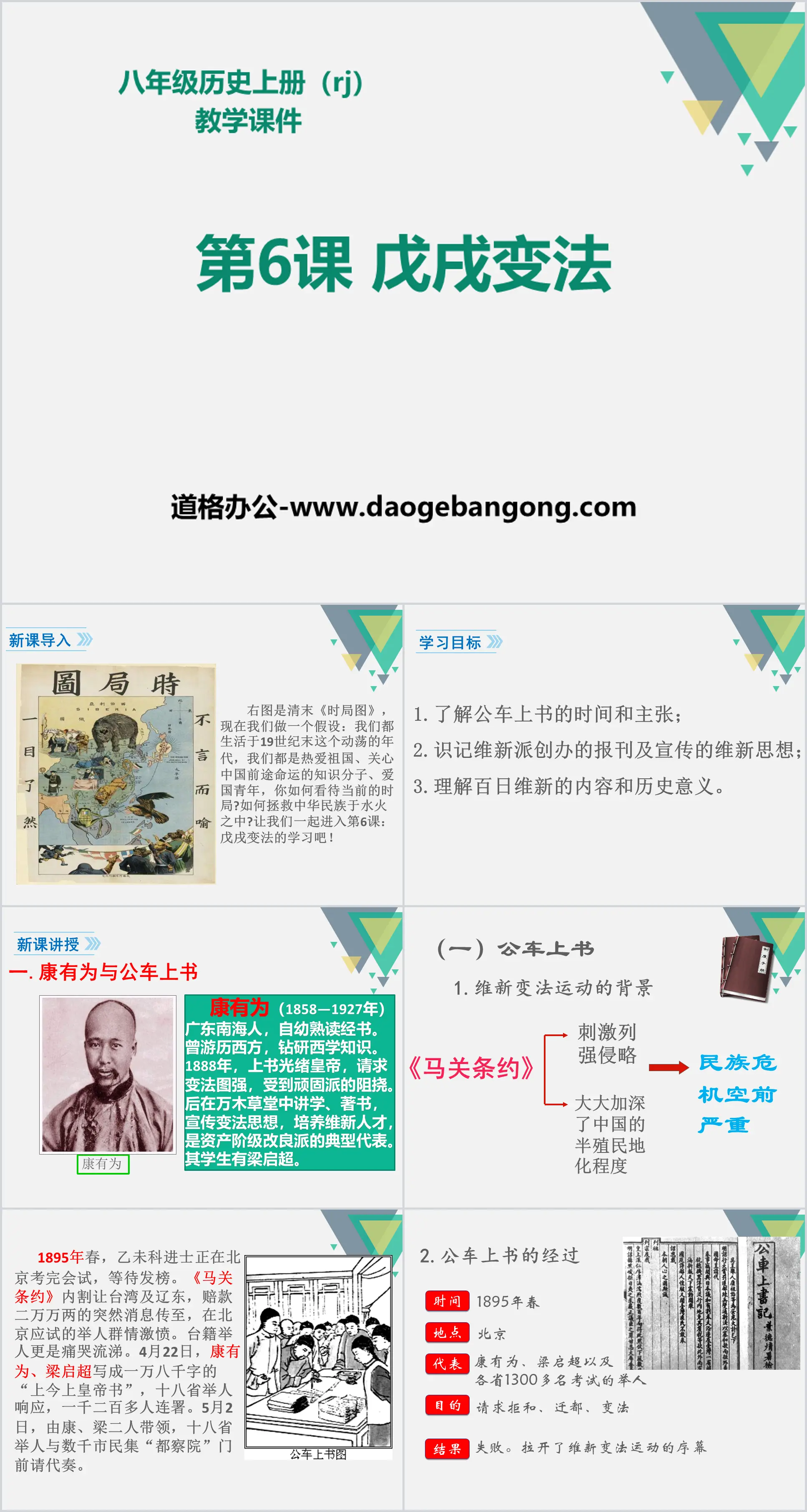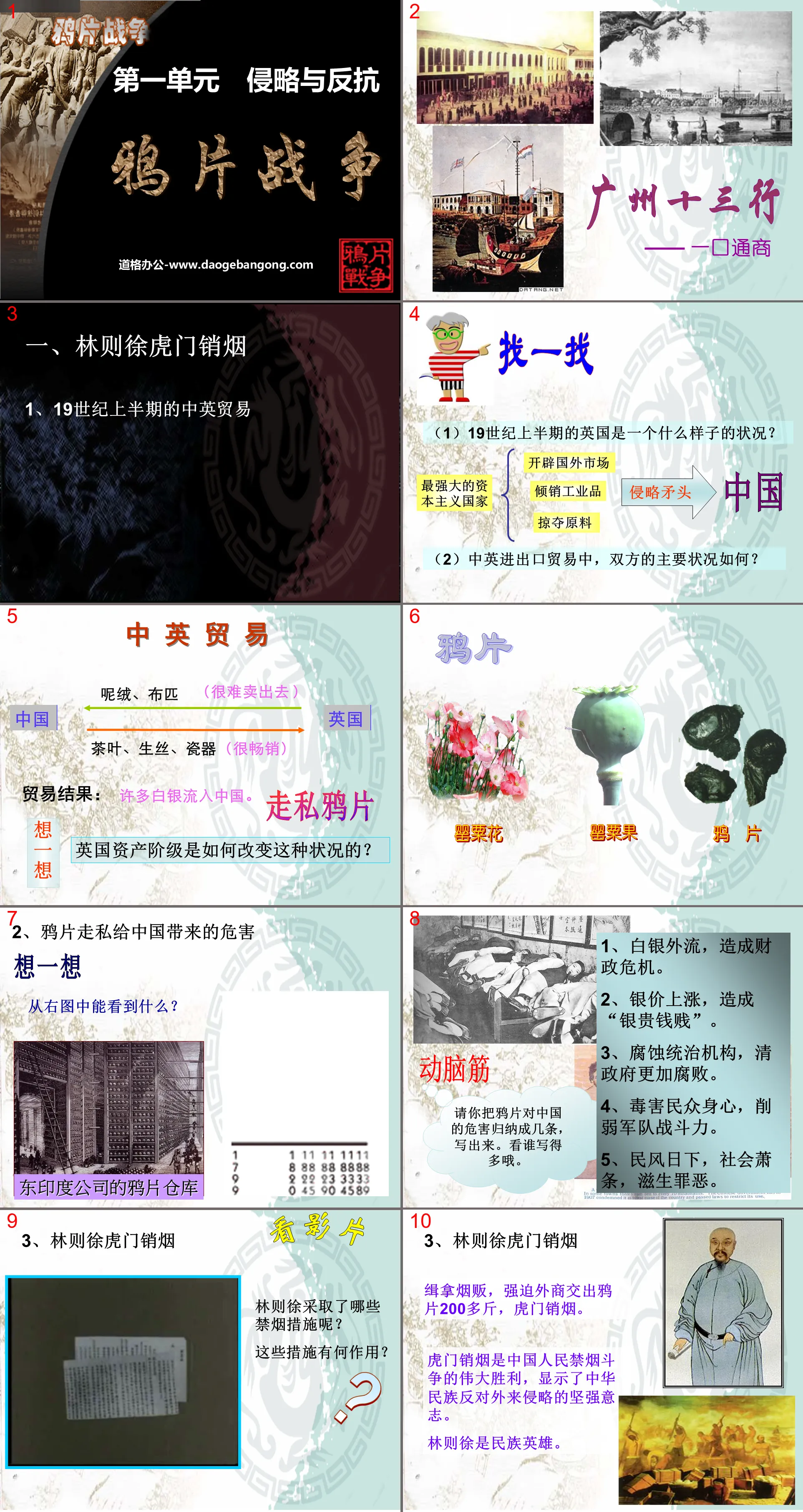"Reform of 1898" PPT Simple campus recruitment activity planning plan summary enterprise and institution recruitment publicity lecture PPT template is a general PPT template for business post competition provided by the manuscript PPT, simple campus recruitment activity planning plan summary enterprise and institution recruitment promotion Lecture PPT template, you can edit and modify the text and pictures in the source file by downloading the source file. If you want more exquisite business PPT templates, you can come to grid resource. Doug resource PPT, massive PPT template slide material download, we only make high-quality PPT templates!
| 文件名 如何下载使用 | 下载次数 | Download Points | 下载地址 |
|---|---|---|---|
| "Reform of 1898" PPT | 17175次 | 0.00 | Free Download |
Tips: If you open the template and feel that it is not suitable for all your needs, you can search for related content "Reform of 1898" PPT is enough.
How to use the Windows system template
Directly decompress the file and use it with office or wps
How to use the Mac system template
Directly decompress the file and use it Office or wps can be used
Related reading
For more detailed PPT-related tutorials and font tutorials, you can view: Click to see
How to create a high-quality technological sense PPT? 4 ways to share the bottom of the box
Notice
Do not download in WeChat, Zhihu, QQ, built-in browsers, please use mobile browsers to download! If you are a mobile phone user, please download it on your computer!
1. The manuscript PPT is only for study and reference, please delete it 24 hours after downloading.
2. If the resource involves your legitimate rights and interests, delete it immediately.
3. Contact information: service@daogebangong.com
"Reform of 1898" PPT, due to usage restrictions, it is only for personal study and reference use. For commercial use, please go to the relevant official website for authorization.
(Personal non-commercial use refers to the use of this font to complete the display of personal works, including but not limited to the design of personal papers, resumes, etc.)

Related reading
For more detailed PPT-related tutorials and font tutorials, you can view:Please click to see










Authoritative PPT Summary
"Reform of 1898" PPT
Part One: Introduction of New Course
The picture on the right is the "Current Situation Map" in the late Qing Dynasty. Now let's make an assumption: We all live in this turbulent era at the end of the 19th century. We are all intellectuals and patriotic young people who love the motherland and care about the future and destiny of China. How do you view the current times? Bureau? How to save the Chinese nation from fire and water? Let us enter Lesson 6: Study of the Reform Movement of 1898!
learning target
1. Understand the time and position of the bus letter;
2. Understand the newspapers and periodicals founded by the reformists and the reform ideas promoted;
3. Understand the content and historical significance of the Hundred Days Reform.
PPT on the Reform Movement of 1898, part 2: new course teaching
1. Kang Youwei and the bus letter
Kang Youwei (1858-1927) was a native of Nanhai, Guangdong. He was familiar with scriptures since he was a child. He once traveled to the West and studied Western knowledge. In 1888, he wrote to Emperor Guangxu requesting reforms to strengthen his country, but was blocked by diehards. Later, he gave lectures and wrote books in Wanmu Thatched Cottage, promoting reform ideas and cultivating reform talents. He was a typical representative of the bourgeois reformists. Among his students was Liang Qichao.
(1) Writing on the bus
1. Background of the Reform Movement
In the spring of 1895, Yiweike Jinshi was finishing the joint examination in Beijing and waiting for the results to be released. The sudden news that Taiwan and Liaodong were ceded to China under the Treaty of Shimonoseki and that an indemnity of 20,000 taels was to be paid arrived, and everyone who was taking the exam in Beijing was furious. Taiwanese Juren cried bitterly. On April 22, Kang Youwei and Liang Qichao wrote an 18,000-word "Letter to the Emperor", which was responded to by people from 18 provinces and signed by more than 1,200 people. On May 2, led by Kang and Liang, people from eighteen provinces and thousands of citizens gathered in front of the "Du Cha Yuan" to ask for a memorial.
2. The process of writing a letter on the bus
Time Spring 1895
Location Beijing
Representatives Kang Youwei, Liang Qichao and more than 1,300 candidates from various provinces
Purpose: Request to reject peace, move the capital, or reform the law
Result Failed. kicked off the reform movement
2. Hundred Days Reform
1. Emperor Guangxu agreed to the reform
On June 11, 1898, Emperor Guangxu promulgated an edict to "clearly determine the direction of the country", declaring "to take reform as the purpose of the order, to use Western learning as the pursuit of the subjects, to write the right to the country, and to determine the direction of the public..." "Mingzhi determines the state." The promulgation of the "Yes" edict not only demonstrated Emperor Guangxu's determination to reform, but also kicked off the "Hundred Days Reform" that shocked China and foreign countries.
Why did Guangxu support the reform?
① Consolidate feudal rule, hope to make a difference, and not be a king who subjugates the country;
② Recapture supreme power from the Empress Dowager Cixi through reforms;
③ There are also thoughts of patriotism, defense of the country, and resistance to foreign powers.
2. Contents of the Hundred Days Reform
The main contents of the Reform Movement of 1898
(Except "old" and "new")
Economically, encourage private individuals to set up industrial and mining enterprises, develop agriculture, industry and commerce; reform finance and prepare national budgets
Political aspect: Abolish redundant officials and allow officials and citizens to write letters to express their opinions
In terms of culture, abolish stereotyped writing, reform political theory, and open new schools
In terms of military, reduce the number of green camps and train a new type of army.
3. The failure of the Reform Movement of 1898
Empress Dowager Cixi (1835-1908) launched the Reform Movement of 1898 on September 21, 1898, imprisoned Guangxu, arrested reformers, and took full power of the Qing government. The Reform Movement of 1898 failed.
What were the reasons for the failure of the Reform Movement of 1898?
1. Place your hopes on the emperor who has no real power.
2. The power of the Qing Dynasty was in the hands of the die-hards, and the reform touched the interests of the die-hards.
3. Yuan Shikai and others betrayed Emperor Guangxu.
4. The strength of the bourgeois reformists is too weak and they are separated from the masses of the people. (weakness) (main reason)
4. The significance and lessons of the Reform Movement of 1898
historical meaning
1. At the critical moment when imperialist aggression is deepening, it is necessary to save the nation from peril and develop capitalism, which has a patriotic and progressive role.
2. Spread bourgeois political theory and natural science knowledge, and play an ideological enlightenment role in society.
3. Accelerated the process of China’s modernization.
Lesson: The capitalist reformist path will not work in China!
PPT on the Reform Movement of 1898, the third part: drill in class
1. The beginning of the reform movement was marked by ( )
A. The signing of the Treaty of Shimonoseki
B. "Writing on the bus"
C. The emergence of industrial upsurge to save the country
D. Propaganda of “Western Learning” in China
2. The time for "writing on the bus" is ( )
A. 1888
B. 1894
C. 1895
D. 1898
3. Some scholars believe that after the Sino-Japanese War, China began to shift from "policy innovation" to "system innovation." The “system innovation” here begins with ( )
A. Reform Movement of 1898 B. Revolution of 1911
C.May 4th Movement D.National Revolution
4. Between 1895 and 1898, Kang Youwei wrote to Emperor Guangxu many times. The theme of Kang Youwei’s letter during this period should be ( )
A. Strict ban on smoking to resist foreign aggression B. Reform and reform to save the nation
C. Learn skills from the barbarians and seek wealth through self-reliance D. Drive out the Tartars and restore China
5. Among the laws of the 1898 Reform Movement, those that directly touched the interests of the die-hards were ( )
A. Abolish redundant officials
B. Encourage private enterprises to set up industrial and mining enterprises
C. Open a new school
D. Allow officials and citizens to write letters and comment on matters
6. During the Reform Movement of 1898, the person who was willing to shed blood and sacrifice for the Reform Movement was ( )
A. Kang Youwei B. Liang Qichao
C. Tan Sitong D. Yuan Shikai
Keywords: free download of history PPT courseware for the eighth grade of the People's Education Press, Vol. 1, PPT download of the Reform Movement of 1898, .PPT format;
For more information about the PPT courseware of "The Reform Movement of 1898", please click the "Reform Movement of 1898" ppt tab.
"Reform of 1898" PPT courseware download:
Download the PPT courseware of "The Reform Movement of 1898" Part One: Learning Objectives Knowledge Objectives Through the study of this lesson, students will understand basic knowledge such as the letter to the public, the Hundred Days Reform, and the 1898 Revolution. Emotional goals: By learning the progressive stance of reformers and their plans for reform...
"Reform of 1898" PPT download:
The first part of the PPT download of "The Reform Movement of 1898": Learning objectives 1. Understand the early reform thoughts and the reform thoughts of the main representatives He Kang and Liang; 2. Be familiar with the letter on the bus, "China and Foreign Chronicles", Qiang Xue Xue, "Ying Zhao Coordinating the Overall situation" "Zhe" and other knowledge points; 3. Master...
"Reform of 1898" PPT courseware:
"The Reform Movement of 1898" PPT courseware The first part of the content: Reform Reform Leadership class and faction: bourgeois reformists Leaders: Kang Youwei, Liang Qichao, Tan Sitong, Yan Fu Rise: petition on the bus, development, organization of societies, founding of newspapers and periodicals Climax: Hundred Days of Reform (1898 Reform...